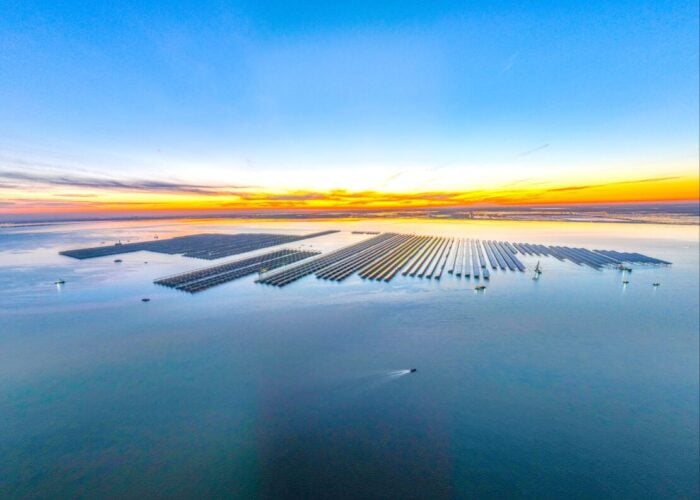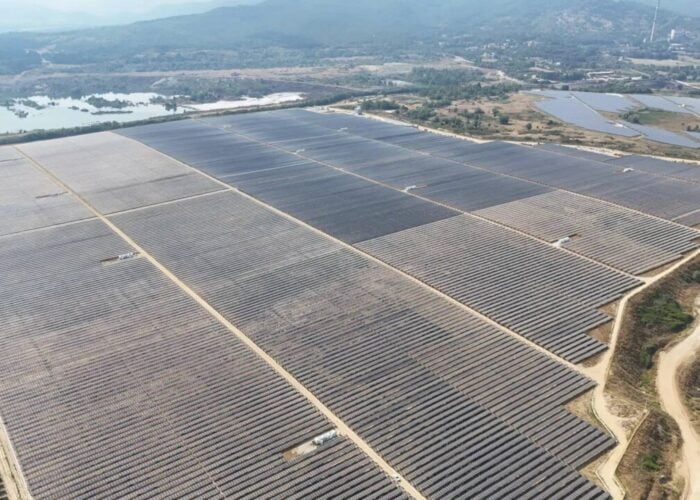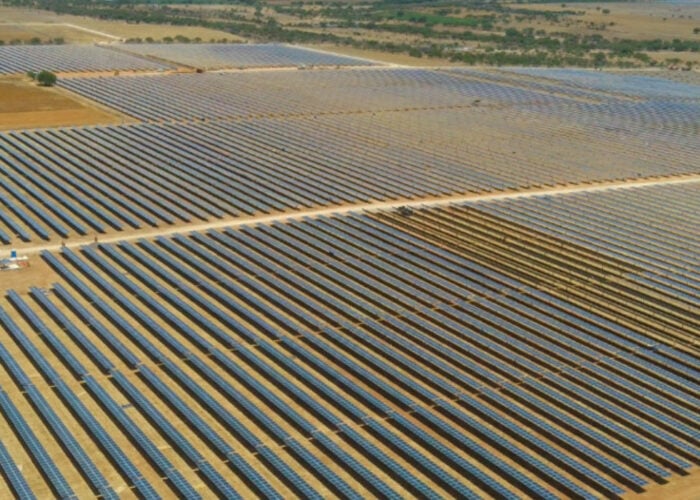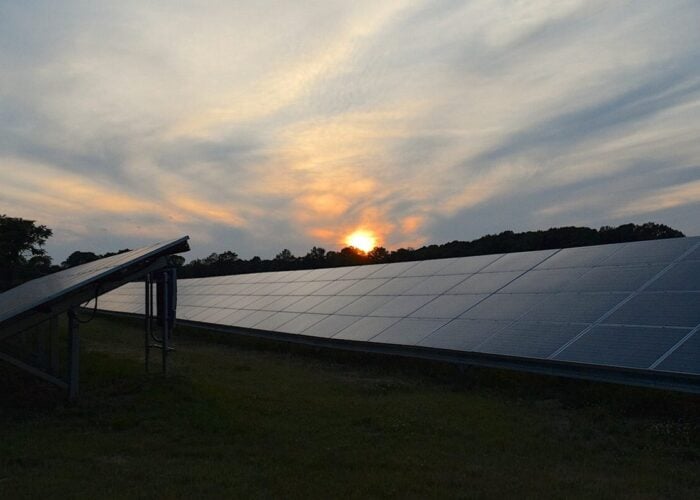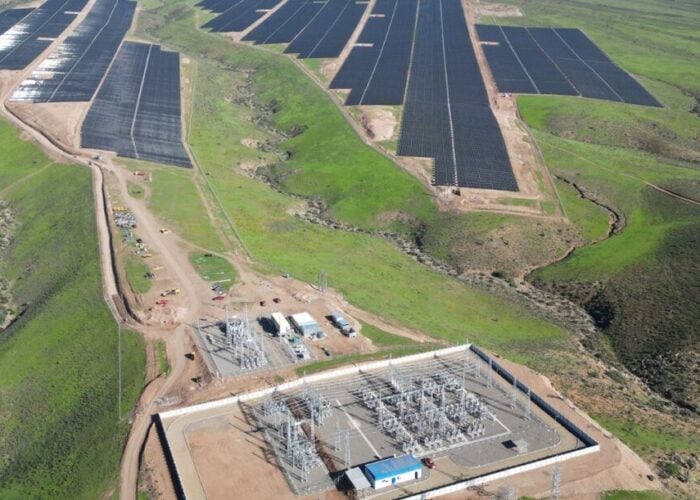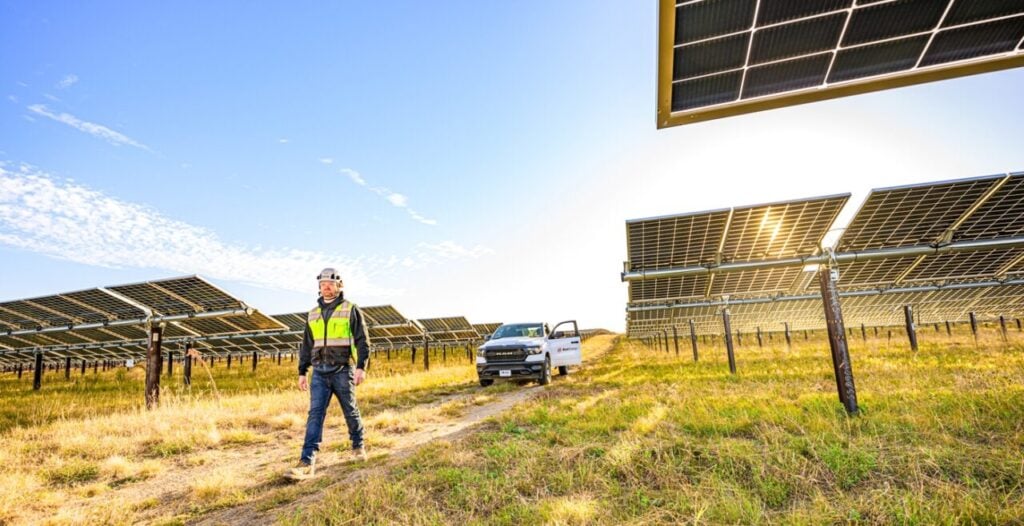
US utility Xcel Energy has announced plans to install 2GW of new renewable energy capacity in Texas and New Mexico, alongside 3.2GW of dispatchable generation capacity and energy storage.
The capacity additions will take the form of the addition of 17 new projects, with a combined capacity of 5.2GW, which will come into operation by the end of the decade. In addition, 521MW of capacity will be added through the expansion of existing projects.
Try Premium for just $1
- Full premium access for the first month at only $1
- Converts to an annual rate after 30 days unless cancelled
- Cancel anytime during the trial period
Premium Benefits
- Expert industry analysis and interviews
- Digital access to PV Tech Power journal
- Exclusive event discounts
Or get the full Premium subscription right away
Or continue reading this article for free
The utility opened a request for proposals last year to find projects to meet these capacity addition targets, and natural gas is set to account for a large proportion of its new projects in New Mexico in particular.
In its Integrated Resource Plan (IRP) filed with the New Mexico Public Regulation Commission (NMPRC) in 2023, Xcel subsidiary Southwestern Public Service Company said that it expects to need up to 10.2GW of new energy generation capacity by 2030; following the request for proposals for new projects to meet this demand, the company approved 2GW of new natural gas capacity, alongside 1.3GW of wind capacity and 695MW of solar.
Xcel noted that, as part of its latest plans, it would install two new solar projects in New Mexico, as the state looks to meet 50% of its energy demand with renewable energy by the end of the decade. While the company has not specified the technology mix of the Texas portion of its plan, it noted that the construction of new projects would “help meet growing demand in the Panhandle and other high-growth areas”. PV Tech has asked Xcel for information about the technology mix of its Texas projects.
“This portfolio is about more than just adding power,” said Xcel president of Texas and New Mexico Adrian Rodriguez, “We are working to increase speed to market with a stronger, modern and more resilient energy system that our customers can count on.”
Building a “resilient” energy sector has long been a priority for Texas in particular, where the grid is, for the most part, not connected to the rest of the US, leading to a prioritisation of adding new generation capacity of all types rather than focusing on a particular generation technology. Speaking to PV Tech Power in 2023, lawyer Winston P Skinner said that the prevailing attitude in Texas is that: “the more that we can rely on ourselves and the less we have to rely on [solely] the wind [or] on the sun, the better.”
This ‘all of the above’ approach to new capacity additions is reflected in Xcel’s future plans. The utility announced that it would seek approval for the full 5.2GW portfolio from Texas and New Mexico state regulators in the second half of this year, and plans to issue another “all-source” request for proposals, one that will be open to all technology types, by 2032.
With US president Donald Trump aiming to roll back many of the federal support mechanisms for new renewable power projects, and even tightening some permitting requirements for renewable power facilities, states with a technology-agnostic approach, such as Texas, could increase their appetite for fossil fuel projects over the remainder of his term.


